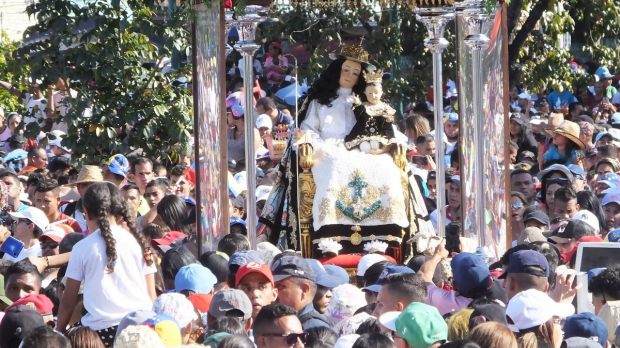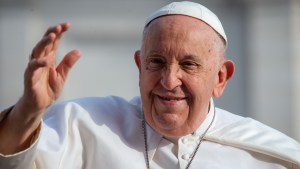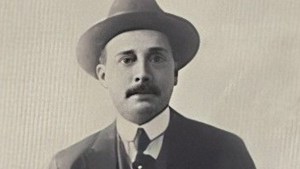Barquisimeto is a city in central-western Venezuela. Since colonial times, music and literature have flourished there. Considered the countries’ musical capital (the Venezuelan Nashville, if you will), it is also the birthplace of the poet and 2022 Cervantes Award winner Rafael Cadenas. Beyond that, it is also the cradle of a captivating spectacle of devotion: the Procession of the Divine Shepherdess.
Every year on January 14, the Shepherdess’ flock goes out to the streets of the city in what is certainly an awe-inspiring procession – once considered, not without some controversy, the largest Marian procession in the world.
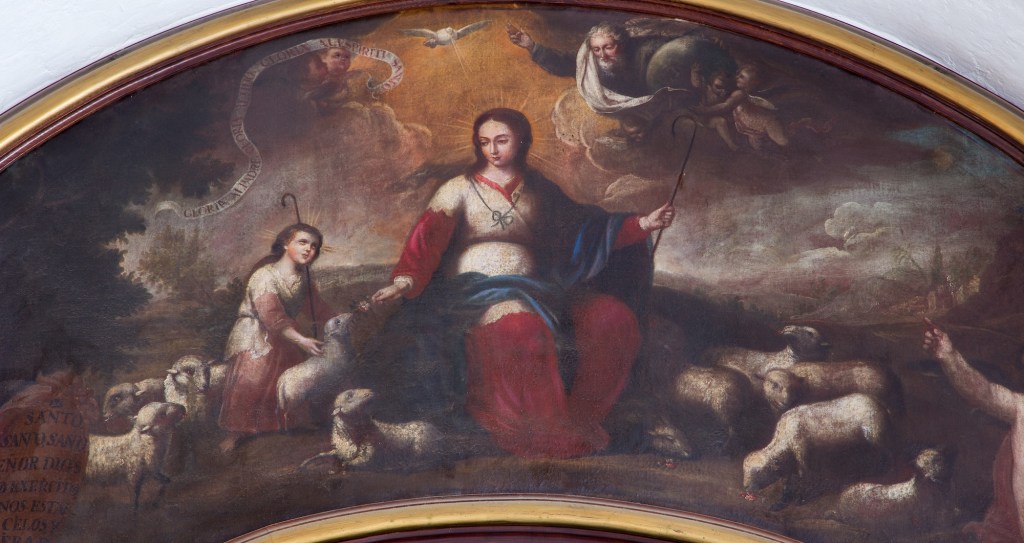
The genesis of this devotion dates back to the 17th century in Spain, when a Capuchin friar named Isidore of Seville (not to be confused with the Isidore of Seville) had a transformative vision. The friar saw the Virgin Mary, not as her regal self, but as a humble shepherdess radiating compassion and comfort. Inspired by this touching encounter, Brother Isidore embarked on a mission to spread devotion to the Divine Shepherdess, and his unwavering zeal eventually carried the devotion across the Atlantic to the shores of Venezuela.
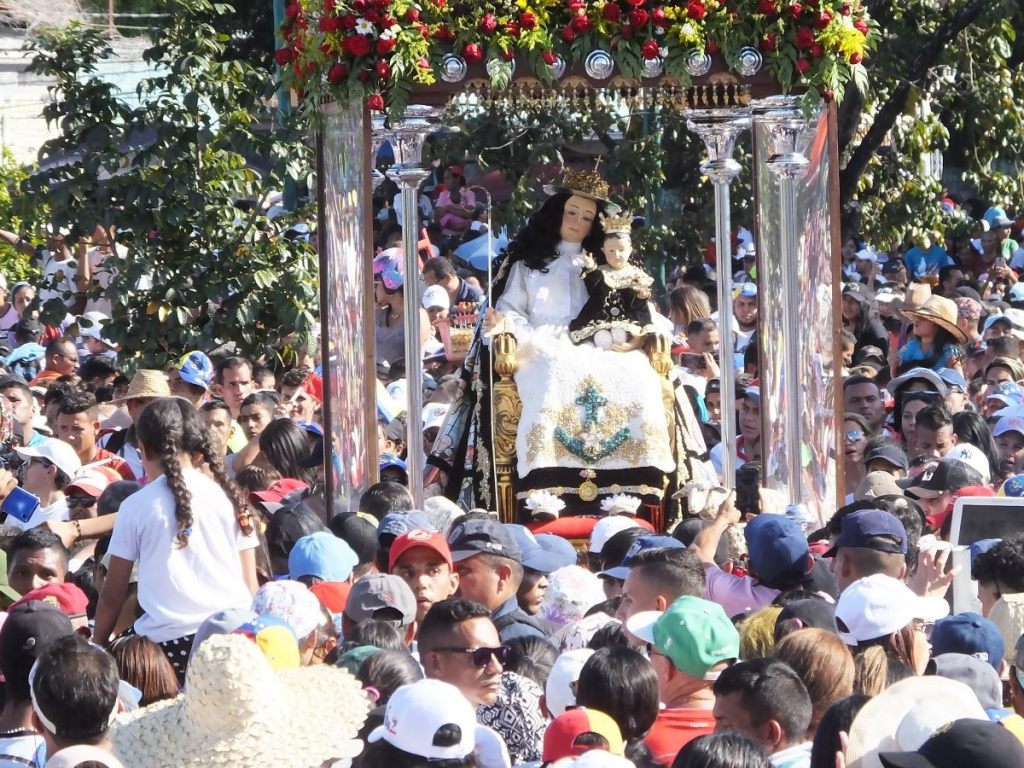
Once in Venezuela, the image of the Divine Shepherdess found fertile ground in the hearts of the people. Her depiction as a shepherdess resonated deeply with the nation’s (then) agrarian heritage, where the land served as a source of sustenance and livelihood. Depicted in this rustic yet maternal guise, the Virgin Mary became a symbol of protection and guidance.
Although there are no exact records of the year in which the devotion began in Barquisimeto, tradition claims that around the year 1740, the parochial vicar of the Church of the Immaculate Conception in downtown Barquisimeto wanted to install an image of the Immaculate in his church. But he received a statue of the Divina Pastora (the Divine Shepherdess) instead. Despite his attempts to return the statue, he was unable to lift the crate. The townspeople interpreted this as a sign that the statue was meant to remain, and the Divina Pastora quickly gained popularity.
In 1855, a cholera epidemic struck Barquisimeto, causing widespread devastation. Desperate for divine intervention, the citizens turned to the Divina Pastora for help. Father José Macario Yépez, the then parish priest of the La Concepción church, offered himself to the Virgin, praying that he would be the last victim of the disease. According to some accounts, the epidemic ended six months after the priest’s death, while others suggest that his prayers were answered immediately. The January 14 procession commemorates this miraculous event.
